I am trying to get to the point of billing for API calls made to our services, this includes creating metrics for each API Key usage, but before I even start that I would like to understand a certain aspect of the CloudWatch logs first.
In this first image, you'll notice 1.06 million hits recorded on the graph at 6 weeks and 30 day period:
My understanding on this is that the 1.06m is the amount of hits that have taken place on this API, the "custom (6w)" is the time period, i.e. over 6 weeks of traffic and the "Period" of 30 days is the interval of the recording (i.e. split by 30 days) - this one i'm not 100% sure on.
Now, if I change the time period to longer (i.e. from 6 weeks to say, 3 months), I was expecting to see more, if not the same amount. But it's not, see the next image:
I have read through numerous AWS CloudWatch documentation, some of which, I've listed below:
- Enable or Disable Detailed Monitoring for Your Instances
- Get Statistics for a Specific Instance
- Amazon API Gateway Metrics and Dimensions
And realistically about 5 other articles (if you'd like I'll dig them out of my history for more reading).
Can anyone please shed some light on this, I'm trying to get a better understanding on a)How to read these graphs and b)Use CloudWatch for my requirement of advanced logging, mentioned above.
Thanks

